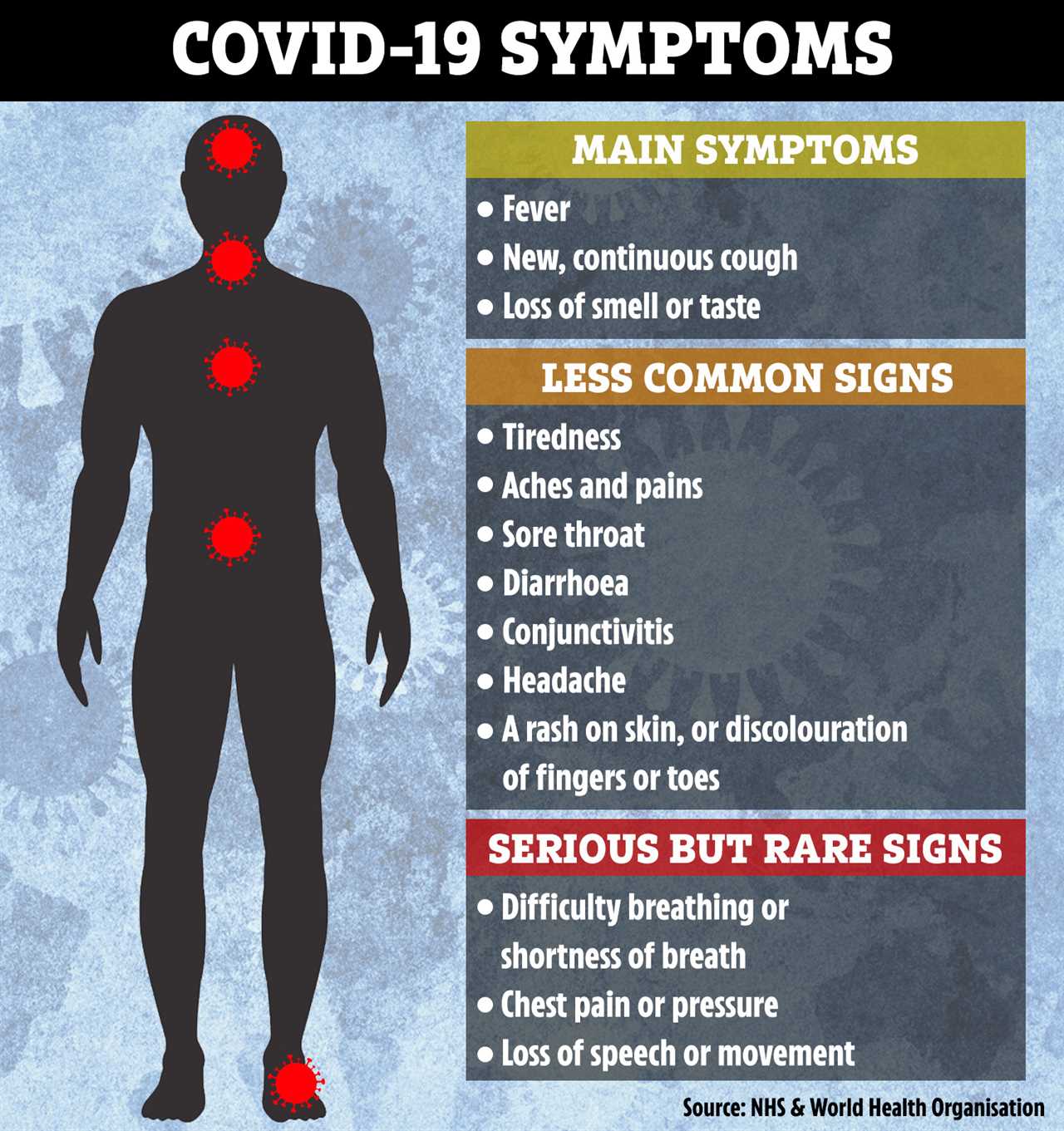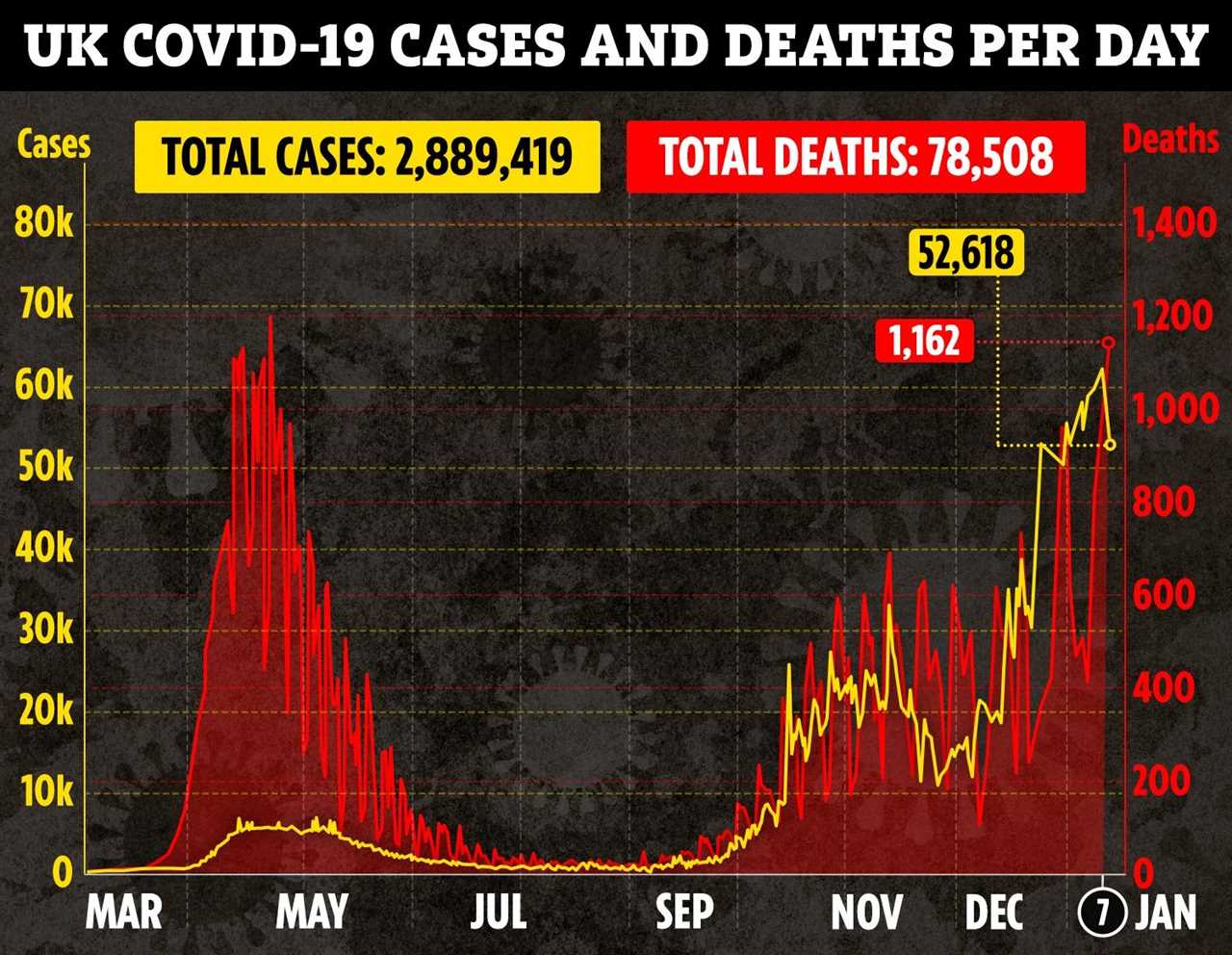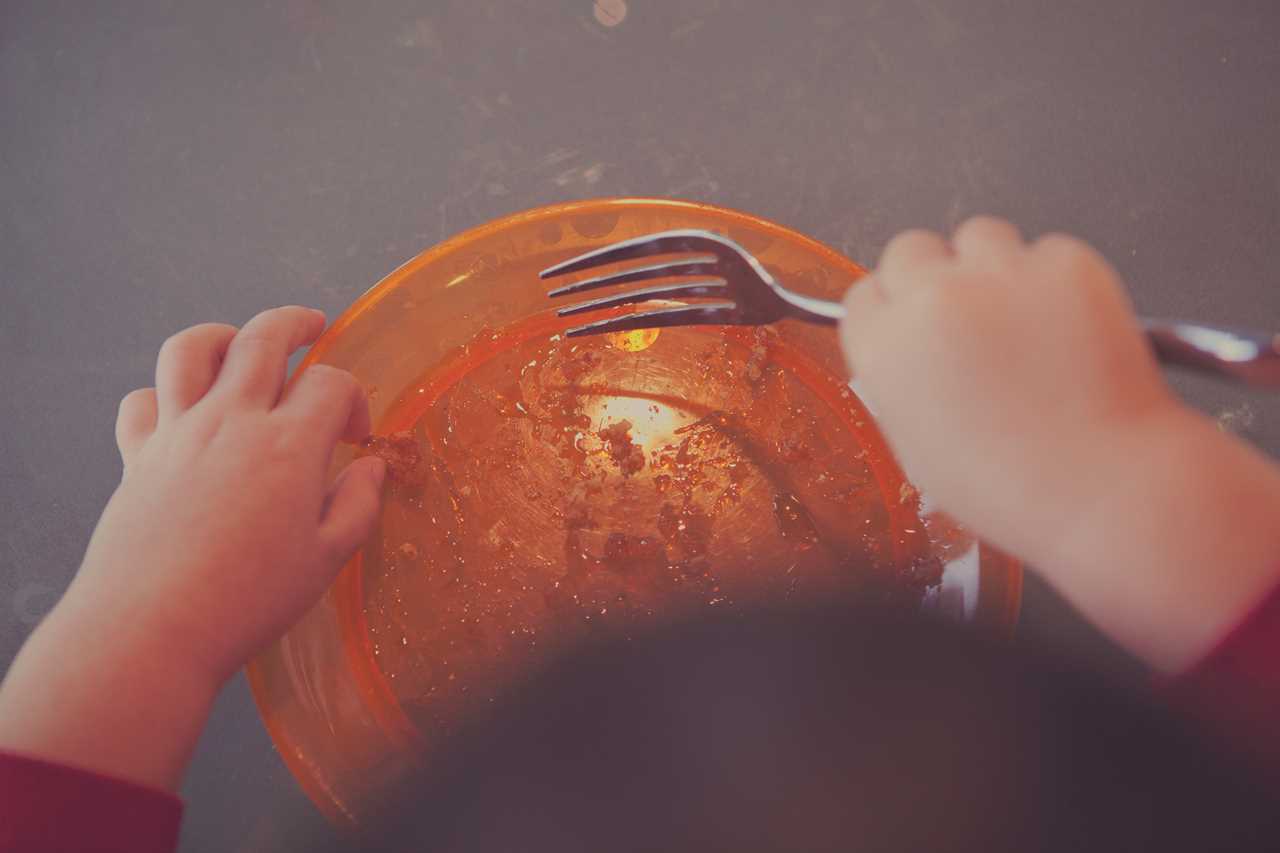CORONAVIRUS infections are spreading across the country and while we are all aware of the three main symptoms in adults – they can differ in children and babies.
The NHS states that the three most common coronavirus symptoms in adults include a new persistent cough, a high temperature and a loss and taste and smell (anosmia).

If you have any of these symptoms you should get a test and isolate in order to prevent the virus spreading to others.
Experts have said that the symptoms of the two new variants that have been detected aren’t thought to have any different symptoms to the ones above.
However, the variant that was first discovered in the South in September is thought to be up to 74 per cent more transmissible than those already in circulation – meaning you’re more likely to catch the virus.
Many people are also asymptomatic, which means they don’t display symptoms and if you’ve got children it’s likely that whatever symptoms they have – they might struggle to communicate them to you, depending on their age.
Data previously revealed that kids don’t display the same “classic coronavirus symptoms” as adults. But what should you be looking our for in your children?
1. Fatigue
Data from the ZOE Symptom Tracker App previously found that the majority of children testing positive for Covid-19 were suffering from fatigue.
It found that 55 per cent were suffering from this symptom.
There are a number of ways your child can react if they are tired but if they are a baby or toddler it might be harder to spot.
Some children might become withdrawn while others, especially toddlers, could be prone to tantrums and crying fits.

2. Headache
The second top symptom was a headache with 53 per cent suffering from this.
If you have a younger child it could be difficult to know if they are suffering from a headache.
The CDC (Centre for Disease Control) in the US also lists headache as a symptom in children and said it’s important to monitor their behaviour.
It states that if your child has a new onset severe headache then you should monitor them.
Professor Anne MacGregor said most children get around one headache a year.
She said they can be shorter in children and start suddenly.
Prof MacGregor says: “The headache can be over half an hour later, with the child feeling well and playing outside as if nothing’s happened”.
She added that headaches can also affect a child’s stomach so if they say their tummy hurts, it could be because of the headache..

3. Fever
Around 49 per cent of children testing positive for Covid-19 have a fever.
This is also one of the key symptoms that adults have.
You can check if your child has a fever by taking their temperature.
In adults and children over three months, a temperature of 37C or over is considered a high fever.
When a child has a fever it’s important to keep them hydrated.
The NHS states: “Babies should be given plenty of liquids, such as breast milk or formula.
“Even if your child isn’t thirsty, try to get them to drink little and often to keep their fluid levels up.”
4. Sore throat
The ZOE Symptom Tracker App study found that 38 per cent of children diagnosed with Covid had a sore throat.
The cause of a sore throat in children is usually a viral infection.
5. Loss of appetite
We all know that kids can be fussy when it comes to food, but if your child is pushing away their plate more often than usual then it could be a sign they have Covid-19.
To encourage them to eat, try and breakdown their meals for them into smaller bites so the whole plate doesn’t feel as daunting.
Data from the ZOE app found that 35 per cent of kids who are dignosed with Covid-19 experienced a loss of appetite.
The CDC says that babies under the age of one who test positive for Covid are likely to have this symptom.

OTHER SYMPTOMS
The study also found that 15 per cent of kids who test positive also present with an unusual skin rash.
The CDC in the US lists various symptoms that kids might have if they have Covid-19 and these differ to guidance given by NHS England.
The CDC lists the below as symptoms children might experience.
- fever or chills
- Cough
- Nasal congestion or runny nose
- New loss of taste or smell
- Sore throat
- Shortness of breath or difficulty breathing
- Diarrhea
- Nausea or vomiting
- Stomachache
- Tiredness
- Headache
- Muscle or body aches
- Poor appetite or poor feeding
Schools are currently closed across the UK due to a third national lockdown – despite Prime Minister Boris Johnson reassuring parents that “schools are safe”.
He did however say he hoped that schools will reopen in the spring once the Covid vaccination programme is well under way.
Boris shut down schools nationally for at least seven weeks, while GCSE and A-Level exams have been binned.
And he has warned schools could stay closed longer.
He said keeping schools open is “imperative to any society” but sky-high infection rates meant he had to shut them.






